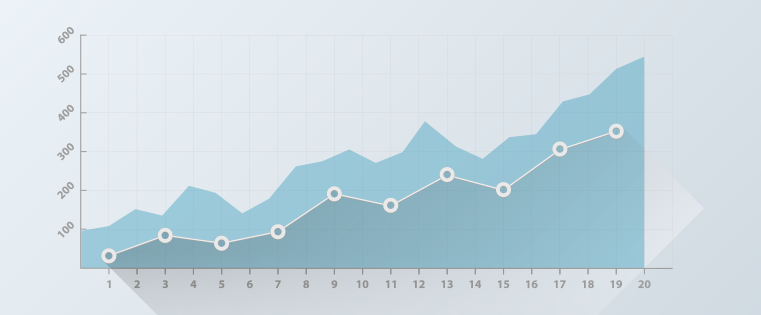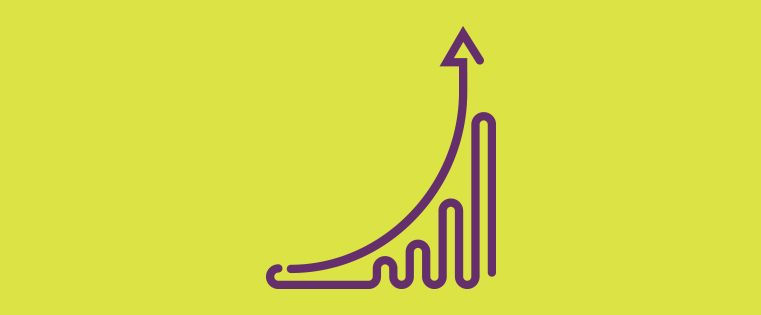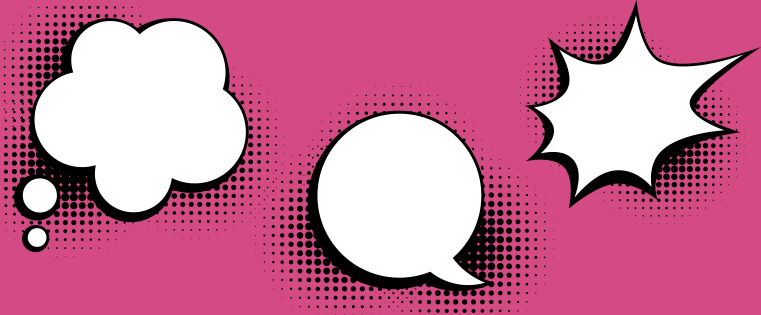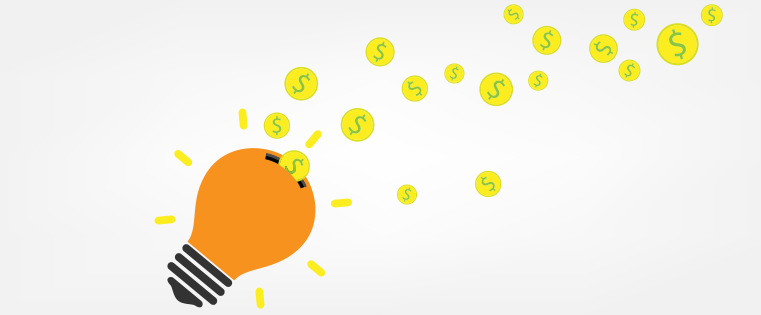Seduction.

Intrigue.
Drama.
These are all words you would use to describe a case study, right?
OK, I can see why you doubt me. Case studies are more associated with words like dull and stodgy. They live in the world of business degrees and training. It’s definitely not something that would hold the attention of your creative mind.
Here's some news: Case studies aren’t written for you. They are for potential buyers of your services.
And there’s another surprise — they don’t have to be boring, three-page PDFs that outline the challenge, solution, and results. Case studies can be immersive experiences that detail threats, struggles, conquests, and characters. They can provide all the fodder for a epic adventure — one where your client is the hero and you are the key to the fairy tale ending.
Case studies shouldn't be an afterthought — something your agency throws together after the creative is shipped off. They give prospective clients a view into the world of working with your agency, and that should be anything but dull. They are also important because they can attract and convert prospects. They sell because they build trust, but this only works if you answer these questions
Top Questions to Answer for Building Trust with Agencies
- What kind of relationship can I build with the agency?
- How did they use their skills to deliver a creative solution?
- How does the agency tackle and manage issues?
- What values and ideas does the agency care about and does that align with ours?
- What kind of results do they deliver and will they be effective for us?
If you can build and manage trust, and in turn, quell the fears and doubts of clients, then you will begin a dialogue that isn’t based on what you can do — it’s focused on what you can do for the client. This is a much different discussion, and it allows your agency to begin the conversation on a much higher level.
If you still are reluctant to believe that a case study can be anything but a snooze-inducer, then check out these four agencies that are creating case studies that seduce prospects:
Teehan + Lax
Teehan + Lax takes case studies seriously. They are the main focus of its website.
Its case study on making Medium.com outlines the initial meeting, a second date, creating a prototype, and then waiting four months to hear from Evan Williams, the founder of Medium and co-founder of Twitter.
It also outlines the initial versions, details how the Teehan + Lax team worked with Williams’ group, and provides quotes from designers on the project.

The page contains more than 3,000 words and numerous pictures. It’s more than a case study. It is an exploration of why a new type of platform was necessary in the current media landscape, how challenging it is to create a publishing tool for the masses, and the type of communication needed to build a successful product when your team is working remotely .
Jam3
Jam3 is a digital production studio that partners with both agencies and brands. Because most of its work is using technology and tools to produce creative products, it relies on case studies to show how it used a voxel engine, a SmartFox server, or a robot to produce a compelling digital story.
Viget
Viget is a digital agency with headquarters in Virginia. It has produced work for DICK's Sporting Goods, ESPN, and PUMA. And while it could rely on the brand names of its clients, it shows its agency's expertise by publishing wireframes, workflows, and charts created during the initial planning phase and visuals of the final creative or product. The case studies also provide an in-depth analysis of how Viget came up with a solution and the process for executing on the strategy.
It also highlights awards and blog posts that are relevant to the project.
Fi
Fi's case study on creating the Ramayana Google experiment for the launch of Chrome in Asia outlines the challenges of translating an important piece of Hindu literature into a digital, interactive experience.
To bring the story to life, Fi initially created storyboards to translate the story into rough visuals.
The case study is an in-depth look at the design and technology of the project, but it does this through visuals and interactive elements. To highlight the design process of creating a map of the island, the map is segmented into different stages. As the user hovers over each segment with her mouse, the mockups to final design are shown.
The case study format is a traditional one, but that doesn't mean it is boring. You can include all the elements of an intriguing story while also alluring your prospects with visuals, videos, and interactive graphics. You don't need creative sales tactics to convert new business: Do the work, create a killer case study, and then let your prospects reach out to you.








![How to Create a Profitable Annual Business Plan [+Free Template]](http://53.fs1.hubspotusercontent-na1.net/hubfs/53/00-Blog_Thinkstock_Images/new-biz-planning.png)








